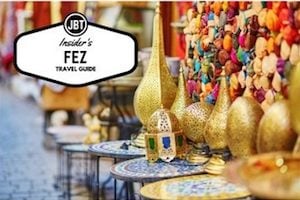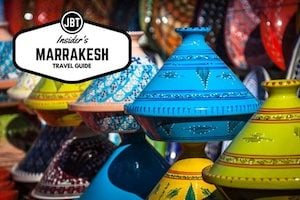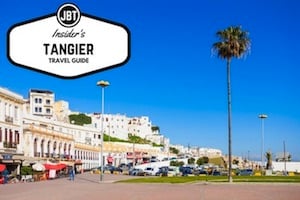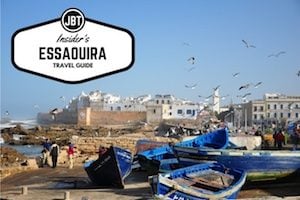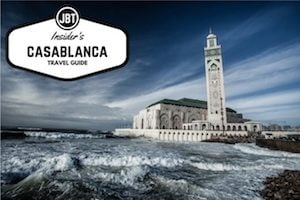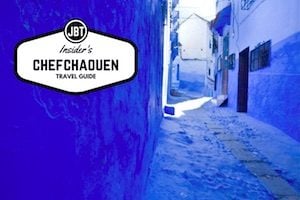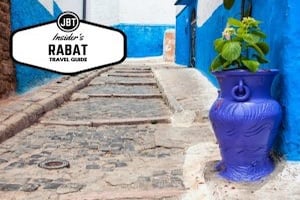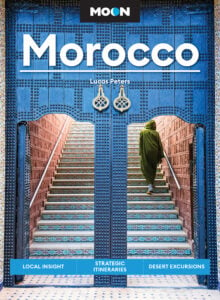 Melilla is a Spanish enclave located on Morocco’s eastern Mediterranean coast. About halfway between the Moroccan cities of Al-Hoceima and Oujda, Melilla is less visited by tourists than its sister city, Ceuta, the other Spanish enclave remaining in North Africa. The city has been under Spanish control since 1496, although it has been an important port city in the Mediterranean since Phoenician times. Now many of this outpost’s inhabitants are Spanish military troops.
Melilla is a Spanish enclave located on Morocco’s eastern Mediterranean coast. About halfway between the Moroccan cities of Al-Hoceima and Oujda, Melilla is less visited by tourists than its sister city, Ceuta, the other Spanish enclave remaining in North Africa. The city has been under Spanish control since 1496, although it has been an important port city in the Mediterranean since Phoenician times. Now many of this outpost’s inhabitants are Spanish military troops.
If you plan on spending the day in Melilla, start by exploring the old city’s medieval fortifications and enjoying the views of the Mediterranean from its ramparts. Dial in with your cell phone to get an audio walking tour of the old city; you can get the numbers for each city section by calling the Tourist Information Office at 952-67-54-44 or visiting the information kiosk in Plaza de España before you start your tour.
While in Melilla la Vieja, be sure to hit the Museum of Archaeology and History and the Military History Museum. When the port of Melilla was dredged, more than 10,000 coins from different periods were collected, including some as old as the first century BC. Many of these coins are on display at the Museum of Archaeology and History. The Military History Museum has an extensive collection of weapons, munitions, flags and reproductions including a scale model of Melilla Square as it was in 1846.
Before you leave the old city, be sure to visit Las Cuevas des Coventico, the Caves of the Convent. These natural caverns are said to have been excavated by the Phoenicians and have been used as hiding places throughout different eras. Guided tours are available, but the caves are closed on Mondays.
After trying some local cuisine for lunch, spend the afternoon checking out the new city’s mix of colonial and modernist architecture, browsing Spanish and Moroccan goods at the mercadillo, or lounging at the beach. You can also have a go at various water activities like sailing, diving, fishing and snorkeling; to arrange for lessons or rentals, go to the marina or inquire at the Tourist Information Office. If you didn’t get your fill of museums in the morning, head over to the GASELEC Foundation’s Egypt Exhibit; there you can see over 850 reproductions of ancient Egyptian artifacts.
In the evening, sample wine and traditional Spanish dishes at the tapas bars clustered around Plaza de España. Several discos offer dancing well into the night, although these venues are most lively during the summer tourist season when the city is full of Spaniards visiting from the mainland.
Written by Heather Carreiro.
Photo credit: Seychelles88

